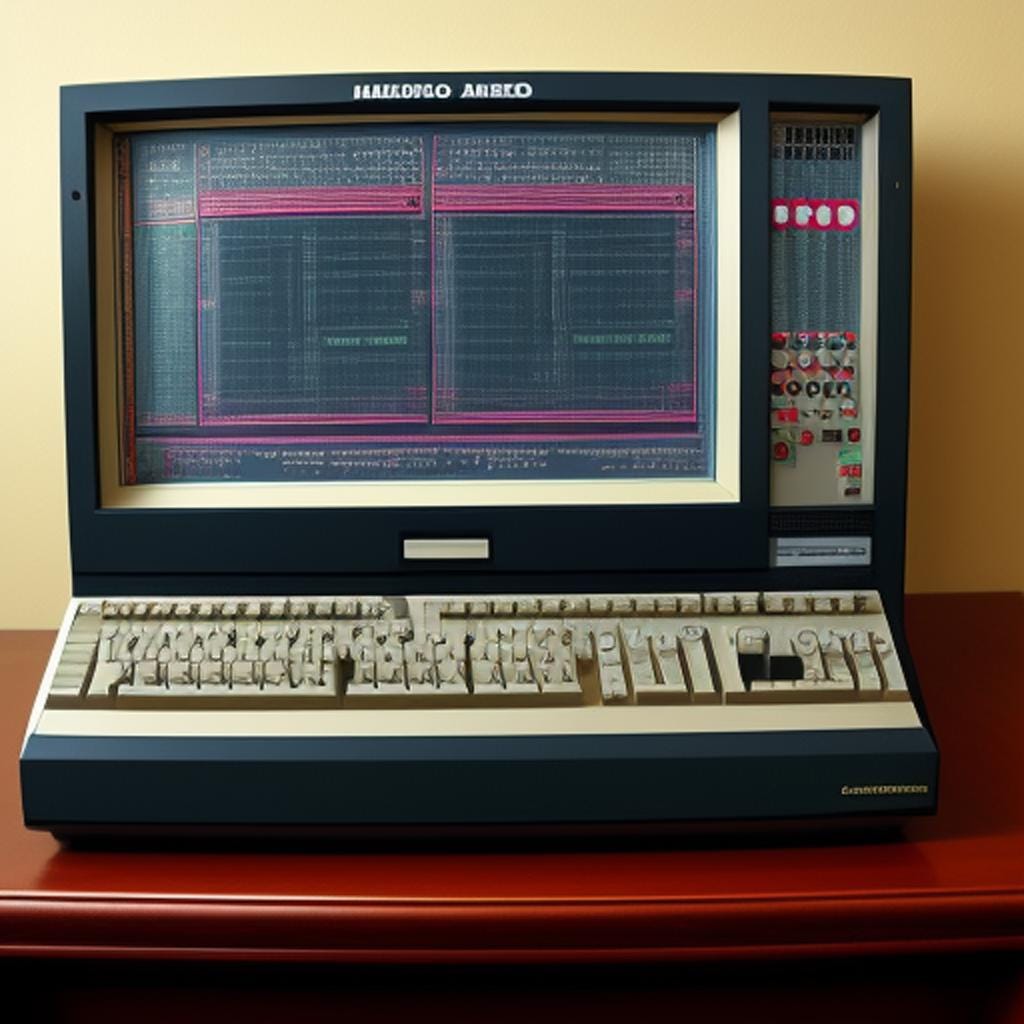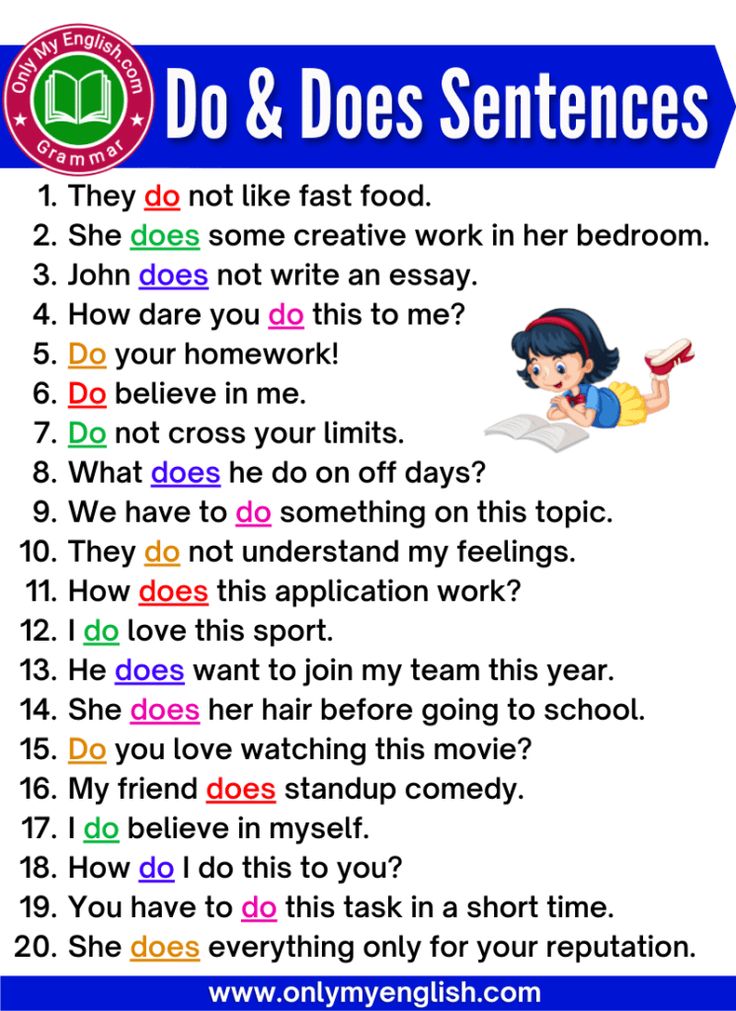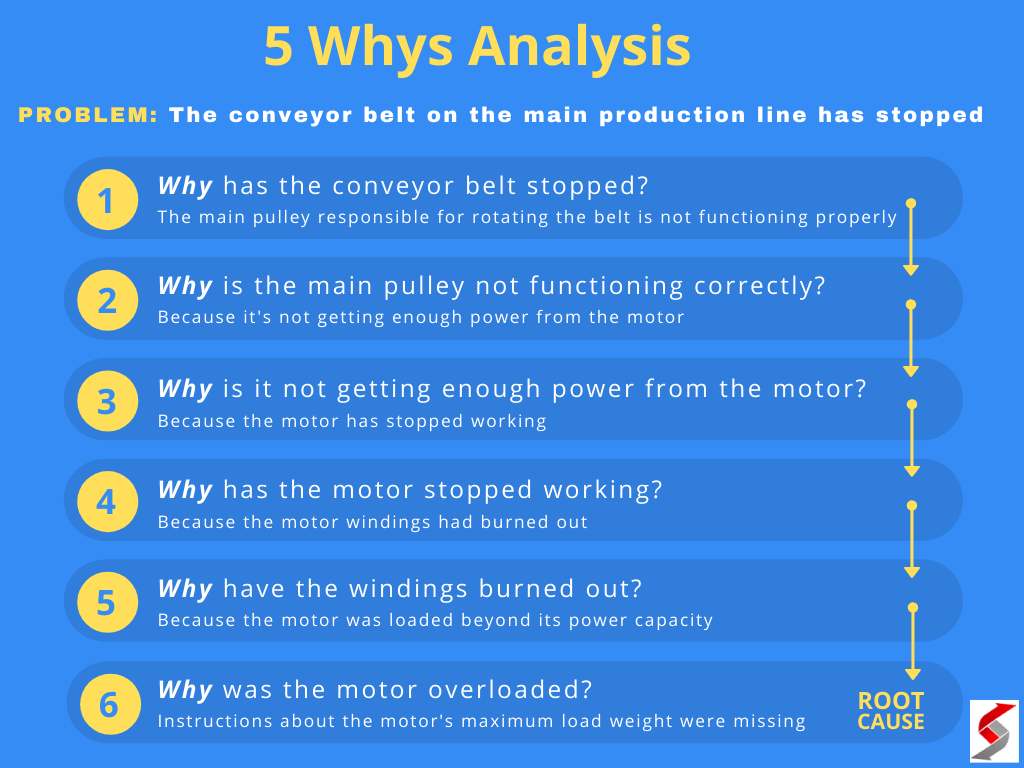Career-Focused and Technical Education: Exploring the Practical Alternative to Liberal Arts
Introduction: Understanding the Alternative to Liberal Arts
While a liberal arts education is rooted in broad, interdisciplinary studies across the humanities, natural sciences, and social sciences [1] , many students and professionals seek an approach that prioritizes practical, career-focused, or technical training . This article explores the core differences, benefits, and actionable steps for those interested in the opposite of liberal arts, commonly found in technical, vocational, and professional education pathways.
Defining the Opposite of Liberal Arts
The opposite of liberal arts is most often characterized by vocational, technical, and professional education . Where liberal arts programs emphasize broad knowledge, critical thinking, and transferable skills [2] , vocational and technical education focus on specialized, job-specific competencies designed to prepare students for immediate entry into the workforce.
Typical examples of these alternatives include:
- Trade schools and apprenticeships (e.g., plumbing, electrician, carpentry)
- Technical colleges (e.g., information technology, automotive repair, health sciences)
- Professional degrees (e.g., nursing, engineering, business administration)
- Certification programs (e.g., project management, coding bootcamps, medical billing)
These educational tracks are typically structured around concrete outcomes, industry standards, and the acquisition of skills that are directly applicable to specific careers.
Key Features of Career-Focused and Technical Programs
Unlike liberal arts programs, which value expansive inquiry and reasoning [4] , technical and vocational pathways are:
- Highly Specialized: Curricula are tailored to the needs of specific industries, with hands-on training and practical exercises.
- Directly Linked to Employment: Many programs include internships, apprenticeships, or direct job placement services.
- Shorter Duration: Certificate and associate degree programs can often be completed in one to two years, compared to the traditional four-year liberal arts degree.
- Credential-Driven: Completion typically results in a certification or license required for professional practice.
- Focused on Immediate Return: Graduates are prepared to enter specific roles such as dental hygienist, paralegal, IT specialist, or machinist.
For example, a student pursuing a technical diploma in welding will spend the majority of their time learning industry-standard techniques in a workshop, rather than studying philosophy or literature.
Benefits of Technical and Professional Education
There are several advantages to choosing a career-focused educational path:
- Job Readiness: Programs are designed in collaboration with employers, ensuring graduates meet current market demands.
- Higher Initial Earnings Potential: According to the U.S. Bureau of Labor Statistics, many technical careers offer competitive starting salaries, sometimes outpacing liberal arts graduates in early career stages.
- Lower Educational Cost: Shorter programs generally mean lower tuition and reduced student debt.
- Clear Career Pathways: Credentials are mapped to specific jobs, reducing uncertainty about post-graduation employment.
- Opportunities for Lifelong Learning: Many technical fields offer stackable credentials, allowing individuals to upskill or transition to new specialties as the job market evolves.
For instance, an individual who completes an associate degree in radiologic technology may begin working in a hospital within two years and later pursue additional certifications to advance their career.
How to Access Technical and Career Education
To pursue career-focused or technical education, you can follow these steps:
- Identify Your Career Goals: Consider which fields align with your interests, skills, and desired lifestyle. Research labor market trends to determine which industries are growing and what credentials are required.
- Explore Accredited Programs: Look for recognized community colleges, trade schools, or technical institutes in your area. Accreditation ensures your credential is valued by employers. For guidance, search for ‘accredited trade schools’ or ‘technical colleges’ in your state using official education department resources.
- Evaluate Admission Requirements: Many programs require a high school diploma or equivalent. Some highly specialized areas may have additional prerequisites.
- Assess Financial Aid Options: Federal and state governments offer grants and loans for qualifying programs. To apply for federal aid, visit the official FAFSA website at studentaid.gov and search for eligible certificates and degrees.
- Apply and Enroll: After selecting a program, follow the institution’s application instructions. This may include submitting transcripts, completing entrance exams, or interviewing with program coordinators.
- Pursue Licensure or Certification: In regulated fields, you may need to pass industry-recognized exams before starting work. For example, electricians must complete apprenticeships and pass state licensing exams.
You can also consult with local workforce development boards, community college advisors, or professional associations for personalized recommendations.

Source: liberalarts.online
Potential Challenges and Solutions
Transitioning into technical or career education can present obstacles:
- Limited Transferability: While highly specialized, some technical credentials may not transfer easily to other fields. To maintain flexibility, consider programs offering broadly applicable skills or stackable certificates.
- Changing Technology: Rapid shifts in technology can outdate certain skills. Seek programs with ongoing education opportunities and partnerships with employers for continuous upskilling.
- Credential Recognition: Ensure your chosen institution is accredited and well-regarded by industry employers. Research alumni outcomes and employer partnerships before enrolling.
- Funding Barriers: Not all programs are eligible for federal financial aid. If you encounter this issue, contact your state’s workforce agency or search for local scholarships and employer-sponsored training.
By researching thoroughly and engaging with reliable advisors, you can overcome these challenges and maximize your long-term career prospects.

Source: masterliberalarts.uchicago.edu
Alternative Approaches and Lifelong Learning
Although technical and professional education are the most common alternatives to liberal arts, some people blend both approaches. For instance, a business major may supplement their studies with data analytics courses, or a healthcare professional may study communication skills to enhance patient care. Additionally, online platforms and continuing education providers offer short-term micro-credentials in high-demand skills.
If you are uncertain which path to pursue, consider meeting with a career counselor at your local community college or workforce development center for a skills assessment and guidance on next steps.
Key Takeaways
The opposite of a liberal arts education is found in career-focused, technical, and professional programs that emphasize job-ready skills, practical training, and direct workforce entry. These pathways offer clear advantages for individuals seeking immediate employment, lower educational costs, and industry-recognized credentials. However, it is important to weigh the benefits against potential limitations and seek ongoing learning to stay competitive in a rapidly changing job market.
References
MORE FROM gowithdeal.com













